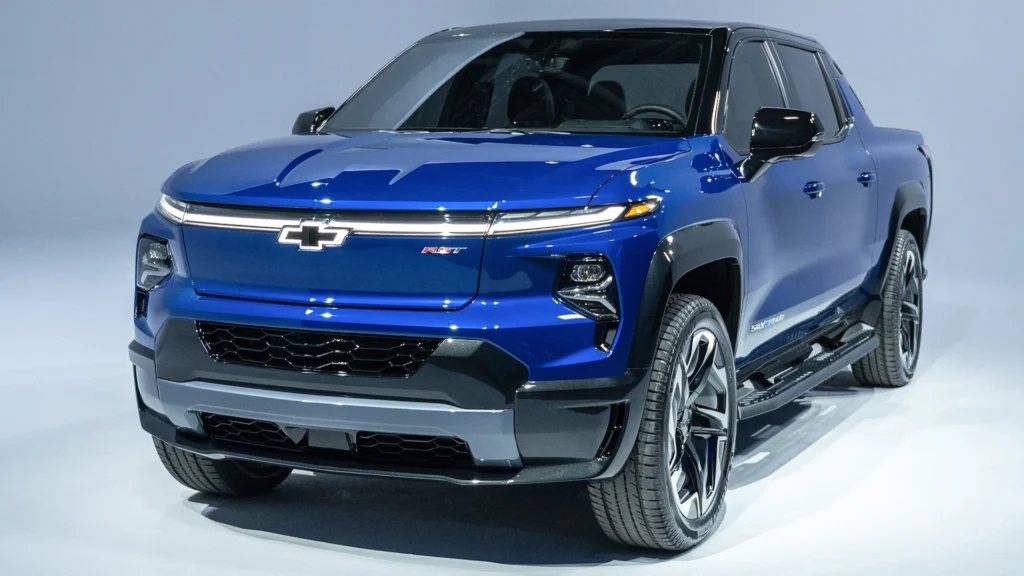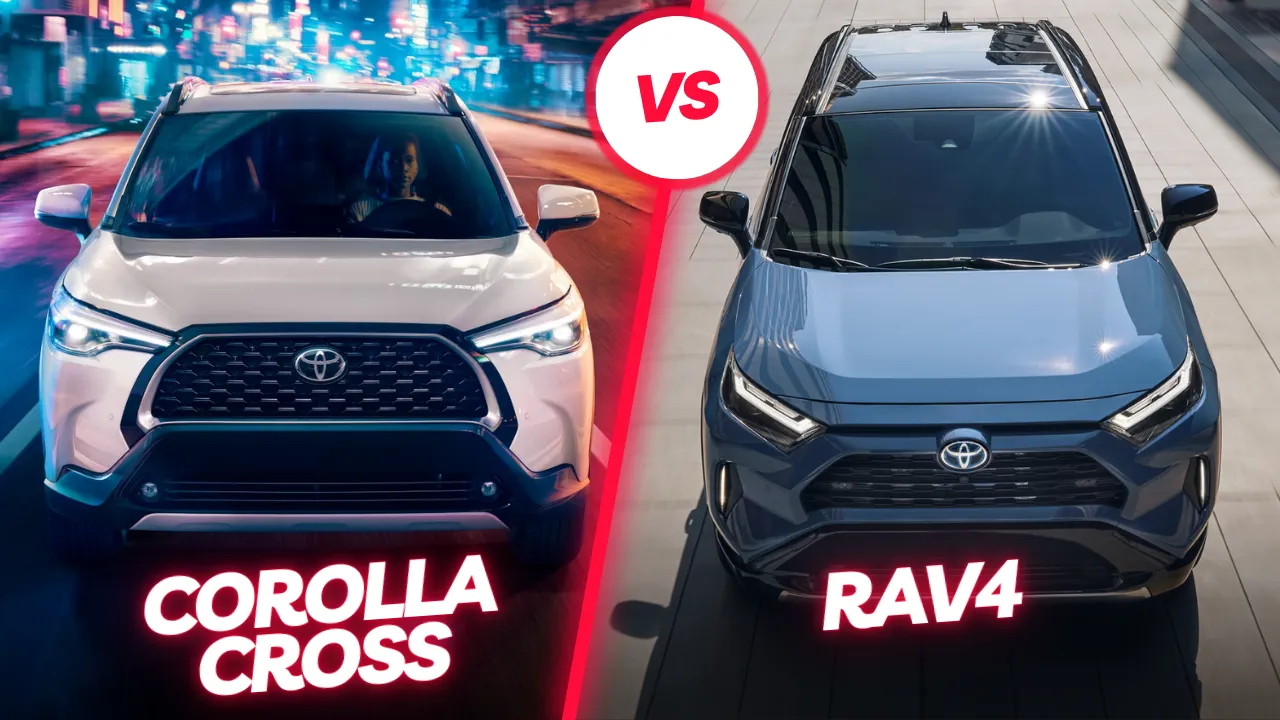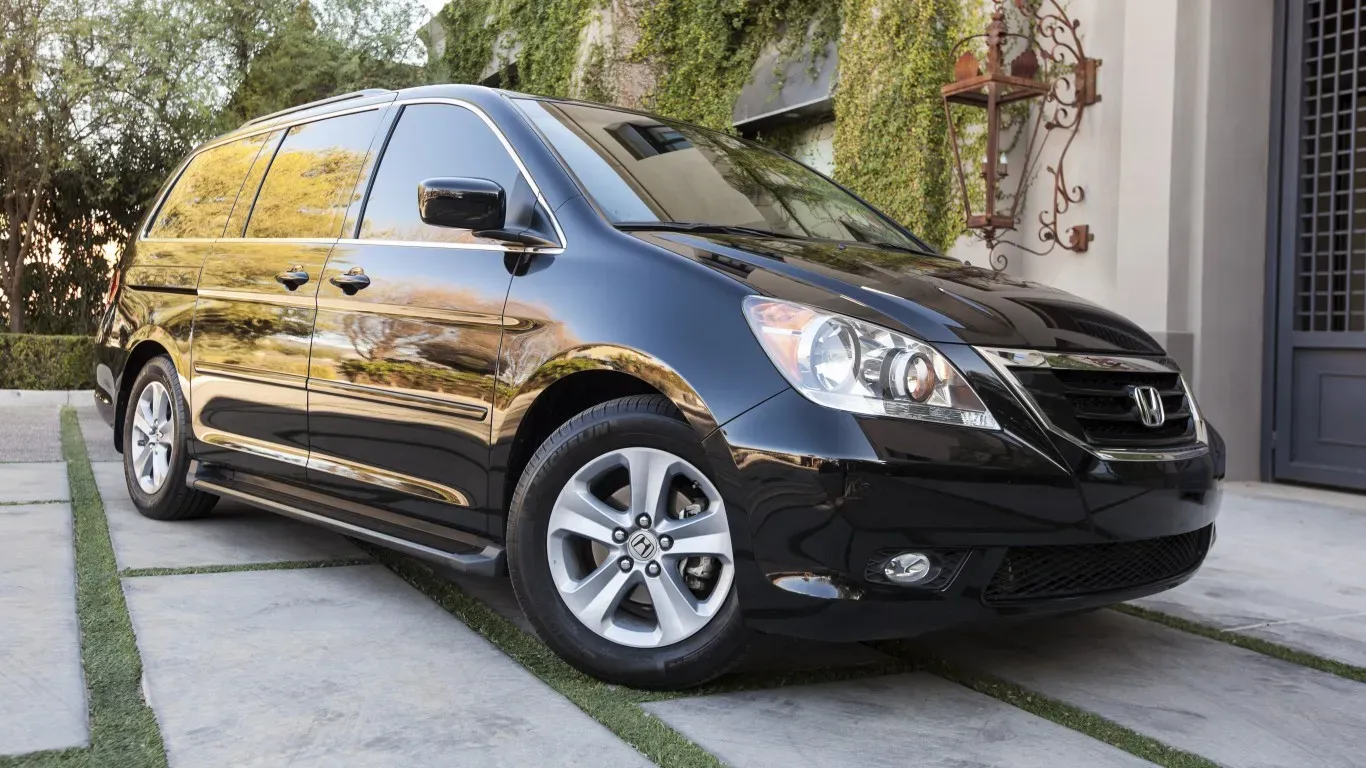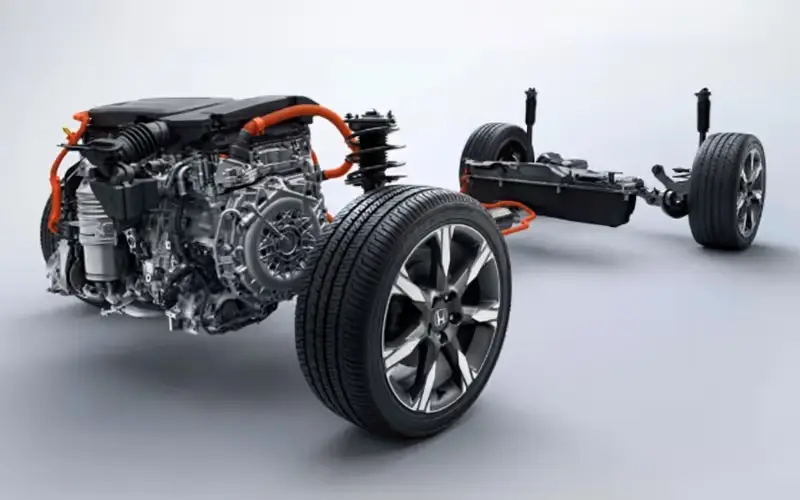Table of Contents
ToggleIntroduction: A New Era for Electric Mobility
In a groundbreaking move, GM’s new EV battery cells promise more affordable, long-range electric trucks and SUVs, setting a new benchmark in the electric vehicle (EV) industry. This innovation, developed in collaboration with LG Energy Solution, introduces lithium manganese-rich (LMR) prismatic battery cells designed to deliver over 400 miles of range at a significantly reduced cost. This advancement not only addresses the affordability barrier but also enhances the performance and accessibility of electric trucks and SUVs.

| Battery Type | Chemistry | Energy Density | Cost Level | Used In |
|---|---|---|---|---|
| LMR | Lithium Manganese-Rich | High | Medium | Long-range EV trucks and SUVs |
| NMCA | Nickel Manganese Cobalt Aluminum | Very High | High | High-performance EVs |
| LFP | Lithium Iron Phosphate | Medium | Low | Entry-level EVs |
| Solid-State | Solid Electrolyte Technology | Very High | Very High | Future EV applications |
| NMC | Nickel Manganese Cobalt | High | High | General EVs |
| NiMH | Nickel Metal Hydride | Medium | Medium | Hybrid Vehicles |
| Sodium-Ion | Sodium-Based | Medium | Low | Experimental Low-Cost EVs |
| Lead-Acid | Lead and Sulfuric Acid | Low | Low | Older Vehicles, Power Storage |
| Zinc-Air | Zinc and Air | High | Medium | Niche EVs and Research Prototypes |
| Flow Battery | Liquid Electrolytes | Variable | Variable | Grid Energy Storage |
What’s Different About GM’s LMR Battery Cells
The core of this development lies in GM’s decision to switch to lithium manganese-rich battery chemistry. These new cells use more manganese and less cobalt or nickel, which are usually expensive and harder to find. By doing this, GM reduces the overall cost of battery production. Manganese is more abundant and cheaper, making the entire EV-making process more affordable. The prismatic shape of the battery cells also helps in space management. These box-shaped cells are easier to stack and arrange, especially in larger vehicles like trucks and SUVs. They help improve energy density and reduce the number of components needed inside the battery pack.
Why GM’s New Batteries Matter for EV Trucks and SUVs
One of the biggest reasons people hesitate to buy EVs is range anxiety. That fear is slowly being solved because GM’s new EV battery cells promise more affordable, long-range electric trucks and SUVs with a range of more than 400 miles per charge. That kind of mileage is enough for long trips and removes the constant need to stop and recharge. But it’s not just about range. Cost is also a big issue. These new battery cells cost less to make, which helps lower the price tag of the final vehicle. More affordable EVs mean more people can consider switching from gas to electric. Plus, these batteries help reduce the carbon footprint by using fewer mined materials, which makes them better for the environment.
GM and LG’s Ultium Partnership
GM isn’t doing this alone. They’ve partnered with LG Energy Solution, and together they’ve formed a joint venture called Ultium Cells LLC. This team is already producing EV battery packs, but these new LMR cells will take their technology even further. They aim to start commercial production of these batteries in the United States by 2028. That means they’ll be made locally, reducing supply chain risks and increasing control over quality and distribution. You can read more about Ultium technology on Wikipedia.
What Vehicles Will Use These New Batteries
The new battery cells will likely power future models like the Chevrolet Silverado EV and the GMC Sierra EV. These full-size trucks need high capacity and long range to perform well, and the new cells are perfect for that. These vehicles will not only deliver strong performance but also come with a price that’s easier on the wallet. That makes them attractive to both working professionals who need trucks for the job and families who want more space.
EV Market Impact and GM’s Strategy
By investing in this type of innovation, GM is targeting one of the most important goals in the EV market—mass adoption. When GM’s new EV battery cells promise more affordable, long-range electric trucks and SUVs, they’re not just making vehicles better; they’re trying to make EVs the standard, not the alternative. Their battery strategy also includes other types like lithium iron phosphate (LFP) for smaller or cheaper EVs, and high-density nickel cobalt aluminum cells for performance-focused vehicles. This gives GM flexibility to make a wide range of electric cars, trucks, and SUVs at different price points.
Conclusion: A Big Step for EVs
It’s now clear that GM’s new EV battery cells promise more affordable, long-range electric trucks and SUVs by combining smart chemistry, better design, and a powerful industry partnership. This new battery technology is not just an upgrade—it’s a possible turning point. With longer range, lower costs, and fewer rare materials, GM is setting up for a future where electric trucks and SUVs are no longer rare or expensive. They could become the new normal.
I’m Waqas, an electric vehicle enthusiast and tech writer with over 6 years of experience covering the EV industry. I write in-depth articles, comparisons, and reviews to help readers understand the fast-evolving world of electric mobility. From battery technology to EV launches and charging trends, I aim to make complex EV topics simple, engaging, and informative for everyday drivers and curious readers alike.





